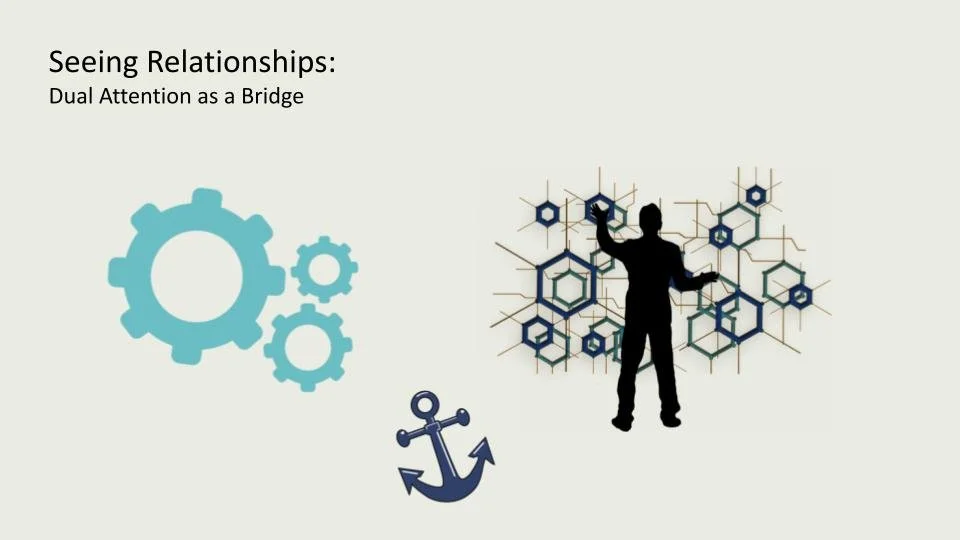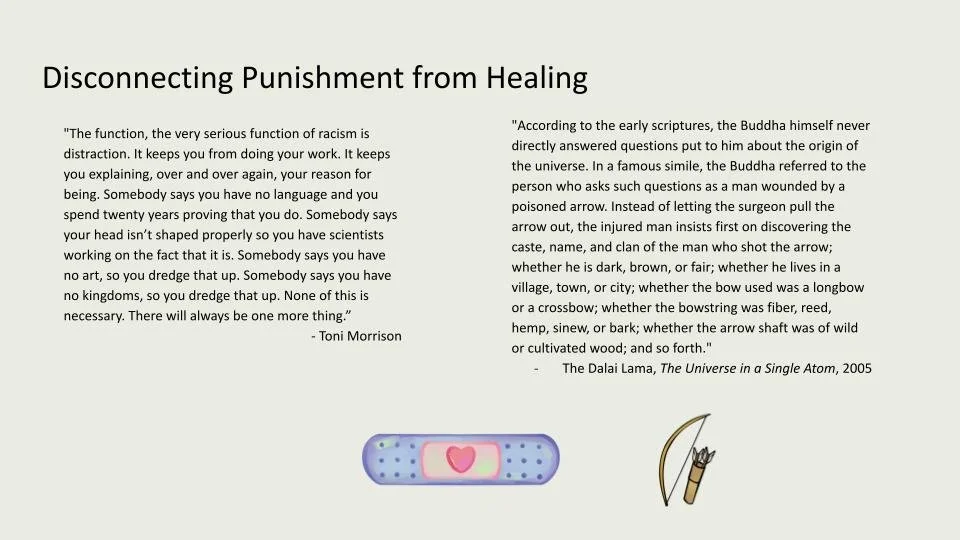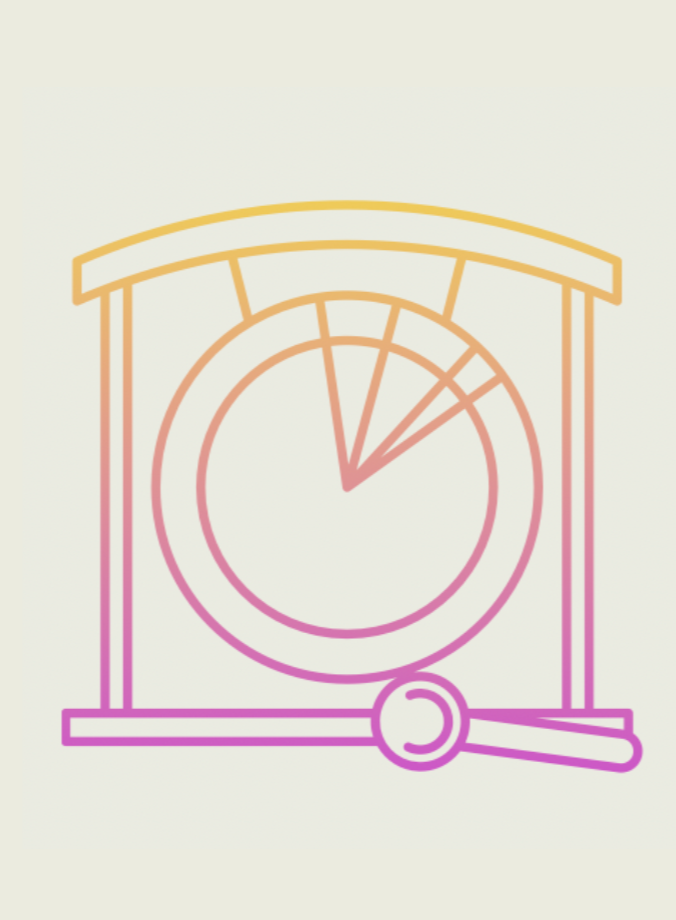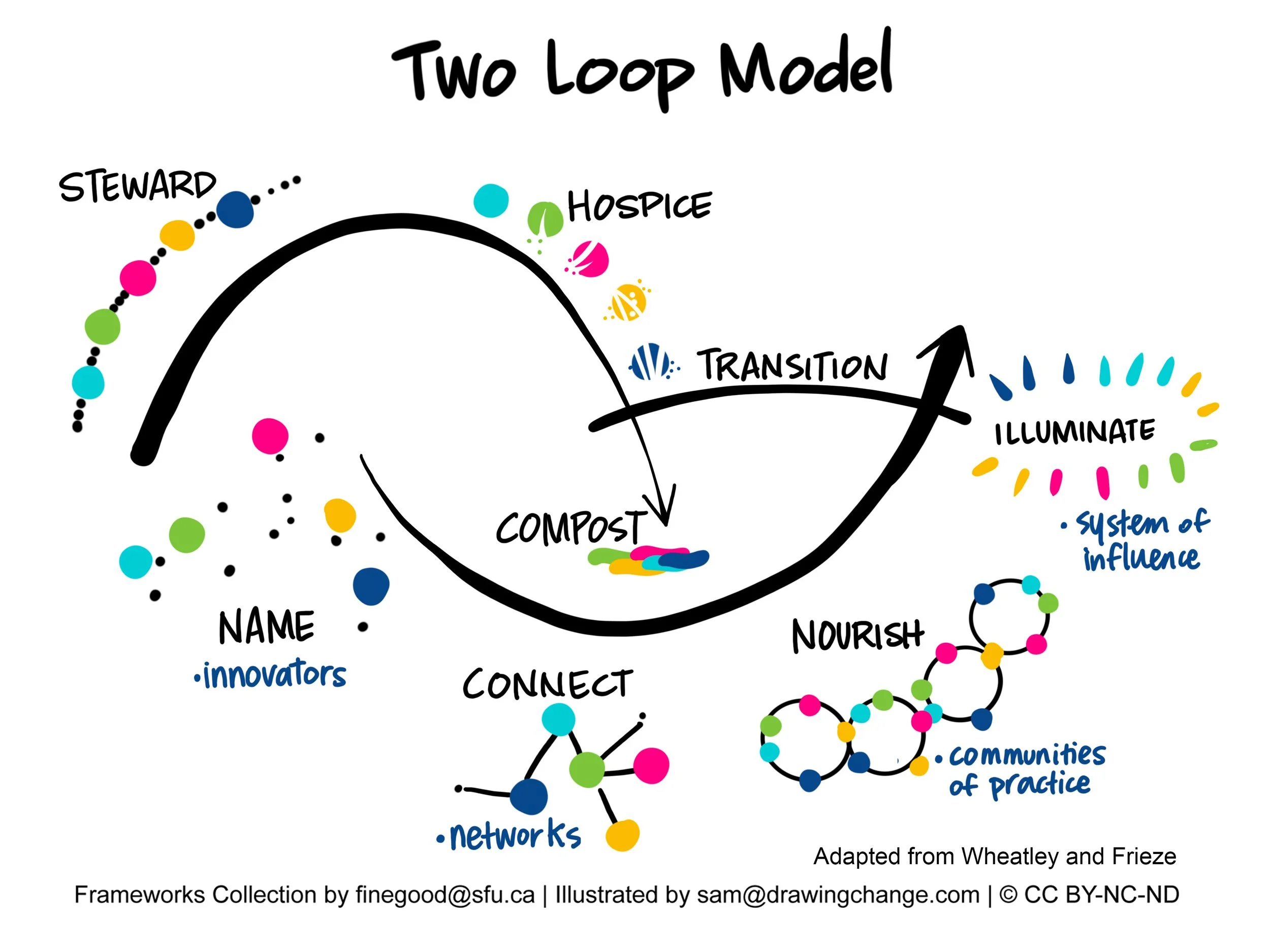
Coaching Resources
Nico Rodriguez
Welcome!
This is a private page where you can access resources and notes from our sessions. All sessions cover emergent topics and follow your goals. Potential themes and images are located below.
Session 1
Themes
Dualities and integration - bilingualism as a unique skill that has already primed your brain for holding complexity
Developing and stabilizing the position of witness - thinking about thinking/feeling
There is no “right” way to be with people’s emotion - be first, do second
Podcast recommendation: Remembering the Life Jackets
Sometimes a lack of emotion is a response to overwhelm - it’s okay to pause and acknowledge this
Podcast recommendation: This is not that
I might often witness others’ mirroring/matching of emotion. This is a response to overwhelm. I can notice it in others without judgment.
Podcast recommendation: What is Mine? (this will teach you how to observe this in your colleagues and work with it more compassionately)
Even though fear and punishment are norms coming from the federal government, we can consider a different way of engaging
Session 2
Asynchronous work due to schedule conflict
Please review the videos in this section in preparation for our meeting on May 14th
Extra resources referred to in the videos are below:
Click here to read about compassion-based trauma healing therapies by the National Institute for the Clinical Application of Behavioral Medicine.
To explore more information about trauma and memory, see this page from NICABM: Trauma and Memory
Session 3
Topics:
Compassion-based healing
Victim-Perpetrator-Savior Triangle
Imagining a third way
Session 4
Themes - showing up with curiosity
Leadership that harnesses the interconnectedness and collaboration of human connection, as demonstrated in sports like soccer
What opens up when you get to decide how to show up
What it looks like not to compensate or fix others’ emotions
Session 5
Themes
Outlined in the Google doc notes.
The best way to show up is to be relaxed, confident, trusting in my own space between reaction and response so that I can see the most number of related factors, respond with my own highest talents, and see and encourage those in others.
Confidence and understanding in my talents help me to see other people’s talents.
I can encourage others to learn by creating the conditions for them to feel comfortable and supported.
There is power in trying and failing and acknowledging it.
Leadership is about being so resourced that you are easily capable of lifting heavy weights and/or coordinating so that the weight is lifted together.
Session 6
Session 7
Resources/Talents/Skills
Feeling something working
More trust felt, feeling somewhat relaxed
Having been a first in a role before
Knowing the organization well
Talent for materialization/visualization/artistic creation
Opportunity for a strategic plan as a support
Session 8
Defining the role
Working strategically with listening and challenging perfectionism
See the slides here for info about working with people’s past pain through redirection/dampening the “sound” of the pain of the past
Session 9
Creating Culture
Working strategically with opposites so they don’t need to define each other
Defining my emotions first
Session 10
Contagious Calm
Becoming director, making and creating the role will involve the imagining of groundedness, centeredness, calm as the force that brings things into balance.
Healing Systems article explaining how trauma impacts everything we do.
“As a result, people who adopt this survival pattern develop a very strong will. However, their will is not necessarily under their voluntary control. Often their inner critic, rather than their self, is directing their will. Lacking a felt sense of self to express in the world, they substitute an image of their ideal self and express that. To make themselves conform to this idealized self-image, they exercise constant internal control over all thoughts, feelings, and impulses. This happens mostly below the level of consciousness, so they aren’t aware of it. As far as they can tell, they’re just naturally more correct and appropriate than most people. Without realizing it, they are performing themselves instead of just being themselves.”
“All internal feelings and impulses are checked for correctness, then ruthlessly suppressed if they do not pass muster. I have known rigid-patterned people who became physically ill from just beginning to feel a forbidden impulse or desire. It was only years later, after much therapy and inner softening, that they were able to bring the original impulse back up into conscious awareness and understand how ruthlessly it had been suppressed.”
Quotes from Steven Kessler, 5 Personality Patterns
Session 11
Strategies
Going to physical sensation as a way of grounding
Using the physical sensation to get in the witness position (prior to meaning making)
My own lack of fear about another’s response will encourage calm/collaborative presence.
Healing Systems article explaining how trauma impacts everything we do.
Session 12
More extensive notes about themes, strategies, and redirections are available in the document.
If you have time, consider this two loop model of cultural change and growth. It might be that we’re in a moment when things are ending/composting. What we’re doing—and perhaps your role at Monument Lab is building a transition bridge to something new. As this starts, change will be small. Your job is to make room for it to grow bigger and illuminate more.
Session 13
Working strategically with historical trauma
Visuals for considering movements to compassion and moving beyond perpetrator-victim
Consider this handout I created for Quaker educators on peace-centered healing
Session 13
Our last session was about working strategically with historical trauma, now we’re considering what it is to bring that awareness into the organization in the day to day.
Session 14 and 15
We concluded with some profound insights. I will quote you as a highlight:
“When we are moving linearly, we reduce the space for awe.” - Nico
Agreements
Sagely agrees to keep all information you share confidential.
Sagely uses visualizations, meditations, and case studies that are specifically designed for you. They build off of each other and require some instruction before use. We ask that you not share these materials. If you feel that a particular item might be of use in your organization, please contact us about adapting it for your setting.

















